In Mandu, every brick, every building, every nook and cranny whispers stories about the legendary love of prince Baz Bahadur and Roopmati. Though this love story unfolded in the mid 16th century, Mandu itself took shape in the hands of the Parmar kings in the 8th century. Mandu was originally called Mandapa Durg, meaning ‘a fort with pillared halls.’ It is also said that emperor Jahangir once exclaimed, “I know of no other place that is so pleasant in climate and with such attractive scenery as Mandu in the rainy season.”
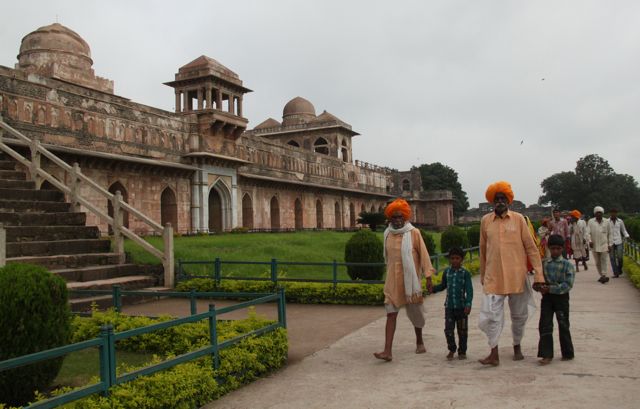
WHAT TO SEE
Mandu is scattered with so many monuments and historical sites that you need a good three to four days to explore it completely. However, if you intend to make it a weekend break (ideal from Mumbai), you need to choose wisely to make the best use of your time.


Roopmati’s Pavilion which used to be Rani Roopmati’s haven is where you should head first. Perched on top of a small hillock, the open terrace of the pavilion gets a strong breeze through the day and almost through the year. From here, the queen could see both Baz Bahadur’s Palace and the Narmada river (venerated in the name of Rewa in this region) flowing through the Nimar valley below.
Baz Bahadur Mahal is located close to Roopmati’s Pavilion and also affords beautiful views of the countryside. The Mahal has a small pond in the center of the courtyard surrounded by rooms and open terraces on top on all sides.

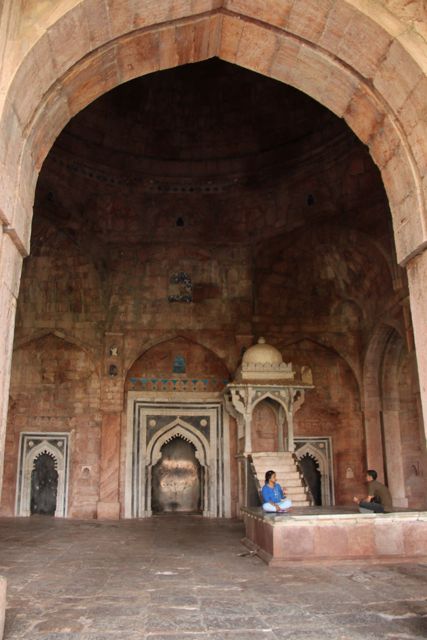
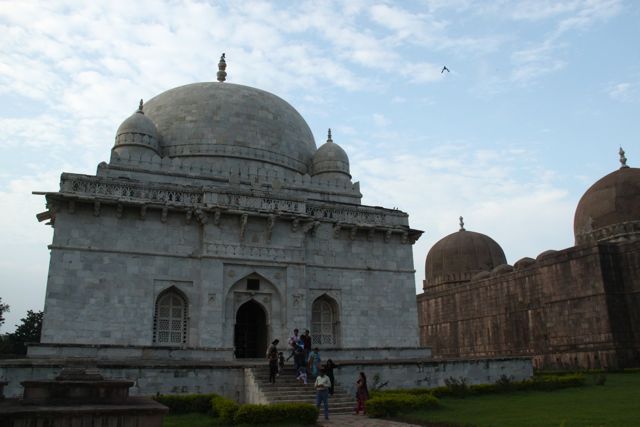
Jami Masjid, said to be modeled on the grand mosque at Damascus, was started by Hoshang Shah and completed by Mahmud Khalji. Huge domes in pink granite rise across the courtyard, with lines of arches and fading coloured etchings on the walls adding to the aesthetic sense of this otherwise simple mosque.
Hoshang Shah’s Tomb as the name suggests was built by Hoshang Shah to be his mausoleum in marble. This is attached to the Jami Masjid grounds and is entered through a arched doorway. The tomb looks plain at first sight but has a line of exquisite pillars, also in pink granite running on one side (as seen in some Hindu temples) and latticed windows inside the main structure.
Jahaz Mahal, undoubtedly the superstar of all structures in Mandu is built in the shape of a narrow long ship (jahaz). This palace is situated between two artificial water bodies, the Munj Talao and the Kapur Talao. The terrace, reached by a long fleet of steps, has a few interesting aspects such as the pillared pavilions, small domes and arched windows. It is said that during the monsoons, when the two lakes are full, the Mahal seems to float like the ship it is named after.
Hindola Mahal, or the swinging palace is one of the more significant palaces inside this complex. Once again, if you let your imagination free, you may perhaps be able to imagine this palace with its slightly sloping walls swinging lightly in the cool breeze.
Apart from this, the Jahaz Mahal complex has several other minor structures to explore. The best times to visit this place are early mornings (the gates are open from 6 a.m.) and late evenings around sunset.

WHERE TO STAY
As with most tourist destinations in Madhya Pradesh, the government Tourism Board (MPSTDC) has a couple of basic but clean properties – Malwa Resort and Malwa Retreat. For more information on these, check the MP Tourism website.
For a more relaxed and premium experience, stay at the mid 19th century heritage property of Jhira Bagh Palace located 32 km from Mandu, on the Indore highway.
HOW TO GO
The nearest airport and large railway station is Indore, roughly 100 km. Indore is an overnight train journey or a short flight away from Mumbai. You can take a taxi to Mandu (return fares start from Rs. 2500, depending on how hard you bargain). And it is best to keep the cab through your stay in Mandu since the sites are spread through the town.
WHEN TO GO
Mandu is best visited during the rainy season when the entire area comes alive in a carpet of green, or in the cooler months between October and March. Summers are very harsh in this part of India and are best avoided.
***
Published in Conde Nast Traveller as Mandu, Distant But Never Too Far
Also read – Mandu in the monsoon
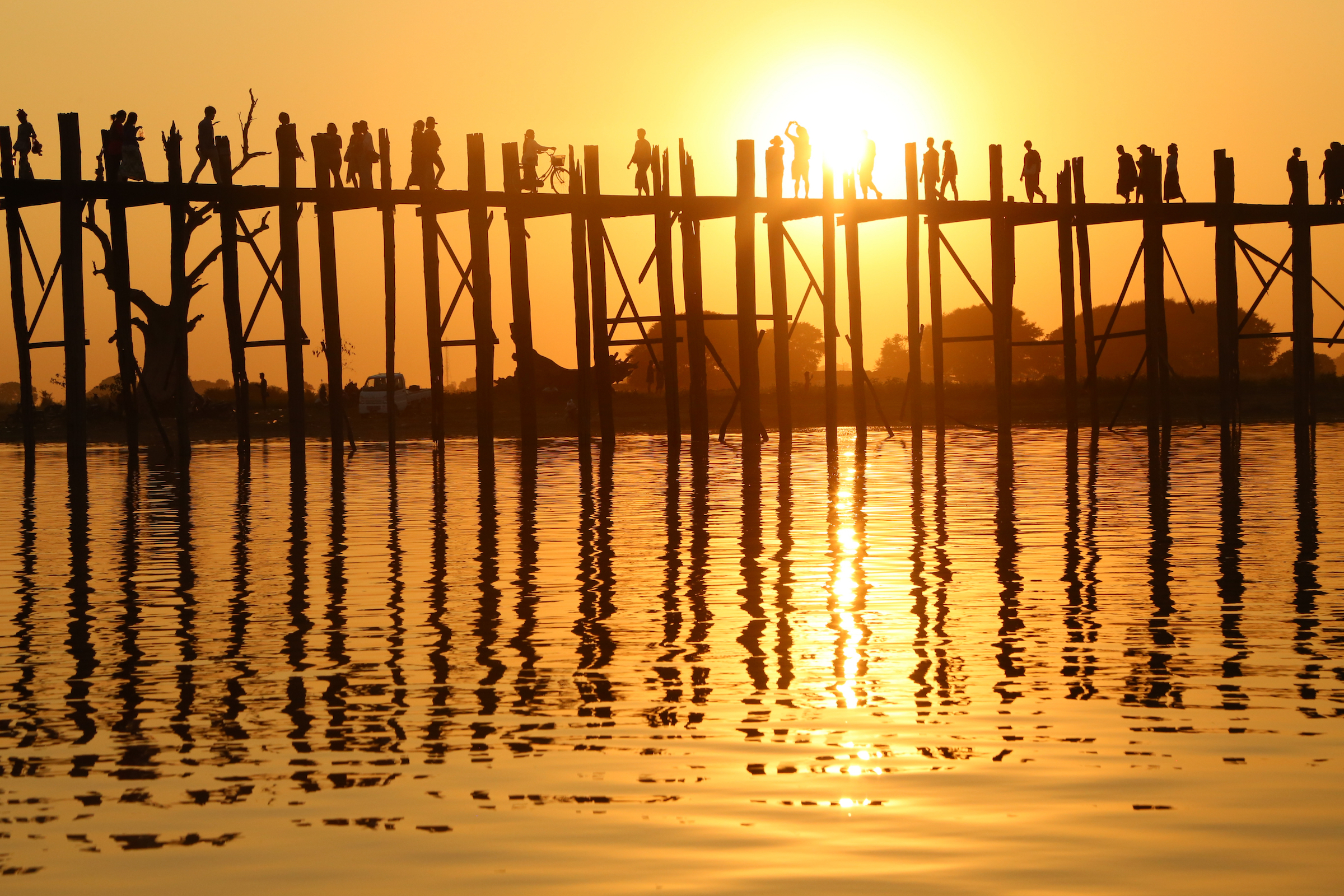

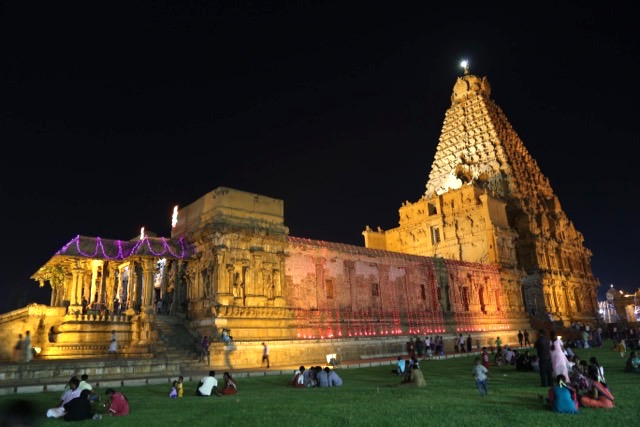

Woah! The place sounds – and looks – so very fascinating!
MP is a region I would love to explore at leisure. The MP Tourism ads have tempted me a lot, I must say. 🙂
I remember your other post about Mandu, too. I think it was done quite some time back.
It *is* a gorgeous place – it’s been on my to-visit list for years now. Glad I was able to make it finally!
Beautiful place. Nice photos.
http://rajniranjandas.blogspot.in/
Thanks, Niranjan!
So refreshing to read about Mandu a place i visited in 1990 with band of boys. the quietness of the place was surreal.. vividly remember getting up in the morning and going to a temple somewhere near the main junction with not a soul inside and sun rays falling on the deity, no priests, no nothing just an old temple almost in ruins and then outside the temple sitting under the pepal tree with hundreds of noisy parrots and sparrows…. Glad someone liked Mandu and wrote about….